Introduction To Data Science Tools: A Complete Guide For Beginners
5 out of 5 based on 78778 votesLast updated on 14th Aug 2024 45.6K Views
- Bookmark

Explore essential Data Science tools for data analysis, visualization, and machine learning to kickstart your journey into the world of Data Science.
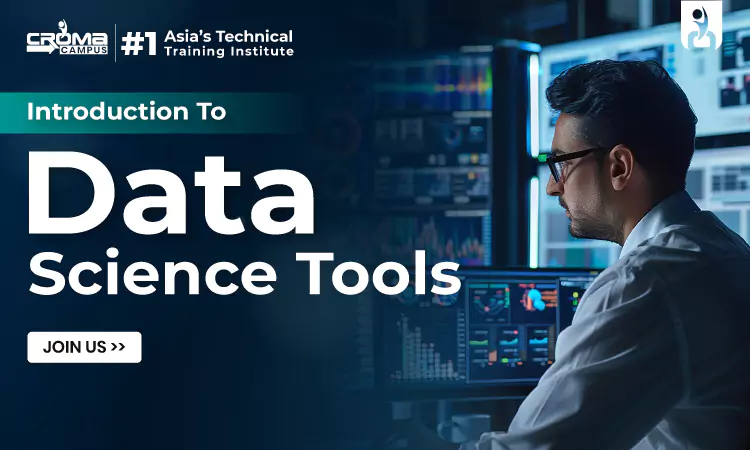
Data science is a rapidly growing
field that involves using scientific methods, processes, algorithms, and
systems to extract knowledge and insights from structured and unstructured
data. To perform these tasks efficiently, data scientists rely on various tools
and technologies.
This blog will provide an
introduction to some of the most widely used data science tools, highlighting
their features and applications.
Additionally, we’ll discuss the
benefits of enrolling in a Data
Science Online Course to deepen your understanding and proficiency.
Why Use Data Science Tools?
Data science tools are essential for
several reasons:
- Efficiency: They automate repetitive tasks, saving time and
reducing errors.
- Scalability: Handle large datasets that would be impossible
to manage manually.
- Advanced Analysis: Perform complex statistical
analyses and machine learning tasks.
- Visualization: Create compelling
visualizations to communicate insights effectively.
Key Data Science Tools
1. Jupyter Notebook
Overview: Jupyter Notebook is an open-source
web application that allows you to create and share documents containing live
code, equations, visualizations, and narrative text.
Features:
- Supports multiple programming languages, including Python, R, and
Julia.
- Interactive data cleaning and transformation.
- Visualization with libraries like Matplotlib, Seaborn, and Plotly.
- Easy sharing of notebooks.
Applications:
- Exploratory data analysis (EDA).
- Interactive data visualization.
- Prototyping machine learning models.
2. Python
Overview: Python is one of the most popular
programming languages for data science due to its simplicity, readability, and
extensive library support.
Features:
- Rich ecosystem of data science libraries such as NumPy, Pandas,
Scikit-Learn, and TensorFlow.
- Extensive community support and documentation.
- Integration with other languages and tools.
Applications:
- Data manipulation and analysis.
- Machine learning and deep learning.
- Automation and scripting.
3. R
Overview: R is a programming language and
free software environment used primarily for statistical computing and
graphics.
Features:
- Comprehensive statistical analysis capabilities.
- Powerful data visualization packages like ggplot2 and Shiny.
- Extensive library support for data manipulation and analysis.
Applications:
- Statistical analysis and modeling.
- Data visualization.
- Bioinformatics and biostatistics.
4. SQL
Overview: SQL (Structured Query Language) is
a standard programming language for managing and manipulating relational
databases.
Features:
- Efficient querying and data retrieval.
- Data manipulation and transformation.
- Integration with various database management systems (DBMS).
Applications:
- Database management and administration.
- Data extraction and preprocessing.
- Business intelligence and reporting.
5. Apache Hadoop
Overview: Apache Hadoop is an open-source
framework for storing and processing large datasets using a distributed
computing model.
Features:
- Distributed storage (HDFS) and processing (MapReduce).
- Scalability to handle petabytes of data.
- Integration with other big data tools like Hive and Pig.
Applications:
- Big data processing and analysis.
- Data warehousing and ETL (extract, transform, load) operations.
- Machine learning at scale.
6. Apache Spark
Overview: Apache Spark is an open-source
unified analytics engine for large-scale data processing, with built-in modules
for SQL, streaming, machine learning, and graph processing.
Features:
- In-memory data processing for faster computation.
- Support for multiple programming languages (Python, Scala, Java, R).
- Advanced analytics capabilities including machine learning and graph
processing.
Applications:
- Real-time data processing.
- Big data analytics.
- Machine learning and data mining.
7. Tableau
Overview: Tableau is a powerful data
visualization tool used for creating interactive and shareable dashboards.
Features:
- Drag-and-drop interface for creating visualizations.
- Integration with various data sources.
- Interactive dashboards and reports.
Applications:
- Data visualization and reporting.
- Business intelligence.
- Interactive data exploration.
8. Microsoft Power BI
Overview: Power BI is a business analytics
service by Microsoft that provides interactive visualizations and business
intelligence capabilities with a simple interface for end users to create their
own reports and dashboards.
Features:
- Data connectivity with a wide range of data sources.
- Interactive dashboards and reports.
- Natural language queries and machine learning integration.
Applications:
- Business analytics and reporting.
- Data visualization.
- Self-service business intelligence.
9. TensorFlow
Overview: TensorFlow is an open-source
machine learning framework developed by Google, widely used for building and
deploying machine learning models.
Features:
- Comprehensive ecosystem for building and deploying ML models.
- Support for deep learning and neural networks.
- Scalable across multiple CPUs and GPUs.
Applications:
- Machine learning and deep learning.
- Natural language processing.
- Computer vision.
10. KNIME
Overview: KNIME (Konstanz Information Miner)
is an open-source data analytics, reporting, and integration platform.
Features:
- Workflow-based interface for data analytics.
- Integration with various data sources and tools.
- Extensible with plugins and community extensions.
Applications:
- Data preprocessing and analysis.
- Predictive analytics.
- Workflow automation.
Enhancing Your Data Science Skills
To master these tools and become proficient in data science, consider enrolling in a Data Science Certification Course. These courses offer structured learning, practical experience, and expert guidance to help you excel in the field.
You May Also Read:
Python Programming for Beginners
Python Interview Questions and Answers
Data Science Interview Questions and Answers
Benefits of a Data Science Course
- Structured Learning: Follow a well-organized
curriculum that covers essential topics systematically.
- Expert Guidance: Learn from experienced
instructors who provide insights and real-world examples.
- Practical Experience: Engage in hands-on projects
and assignments to apply what you’ve learned.
- Comprehensive Coverage: Courses cover everything from
basic to advanced data science topics.
- Certification: Gain a recognized
certification to enhance your resume and career prospects.
Benefits of a Data Science Certification Course
- Industry Recognition: Certification from a reputable
institution adds significant value to your credentials.
- In-Depth Knowledge: Courses often delve deeper
into specialized topics, providing comprehensive understanding.
- Career Advancement: Certifications can lead to
promotions and higher salaries.
- Networking Opportunities: Connect with peers and
professionals in the industry.
Why Choose Croma Campus?
Croma Campus is a leading provider of
IT and data science training courses. Here’s why you should consider Croma
Campus for your data science education:
- Experienced Trainers: Learn from industry experts
with extensive knowledge and experience.
- Comprehensive Curriculum: Courses cover all aspects of
data science, from basics to advanced topics.
- Hands-On Training: Gain practical experience
through real-world projects and assignments.
- Flexible Learning Options: Choose from online or
classroom courses to suit your schedule.
- Certification: Earn a recognized
certification that enhances your career prospects.
- Placement Support: Benefit from job placement assistance
to kickstart your career in data science.
Conclusion
Understanding and effectively using
data science tools is essential for any data scientist. These tools facilitate
efficient Data Handling, Analysis, Data Engineering Course and Visualization, enabling you to extract
valuable insights from data.
By enrolling in a Data
Science Course in Delhi, you can enhance your skills, gain valuable
certifications, and increase your career prospects. Choose Croma Campus for a
comprehensive and rewarding learning experience that will prepare you for a
successful career in data science.
Subscribe For Free Demo
Free Demo for Corporate & Online Trainings.
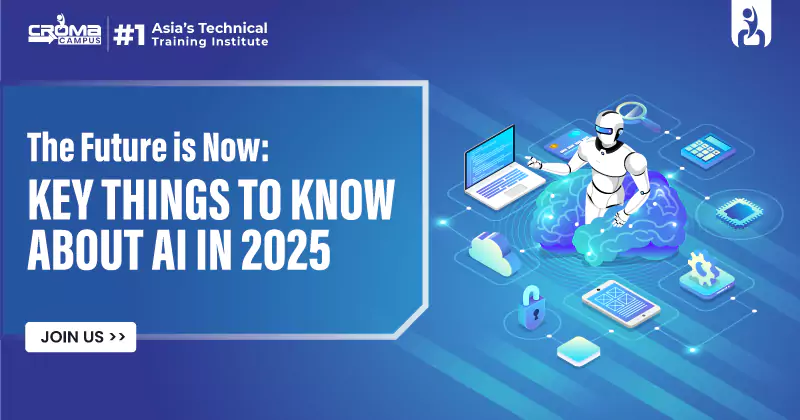
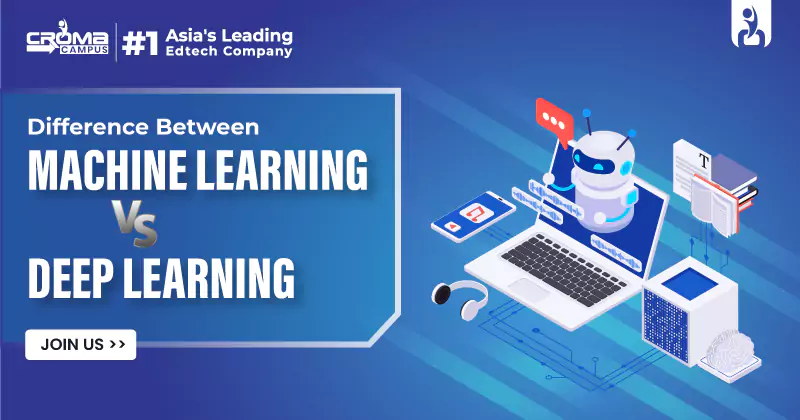
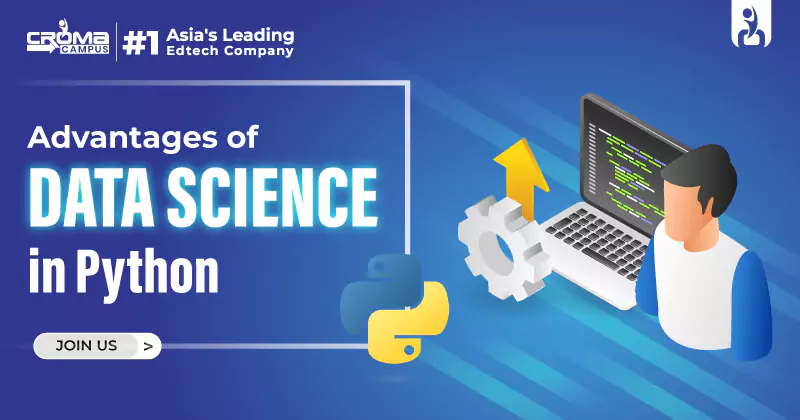
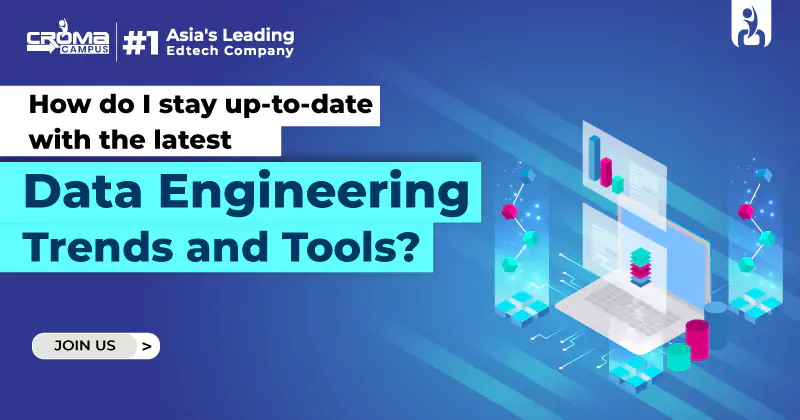
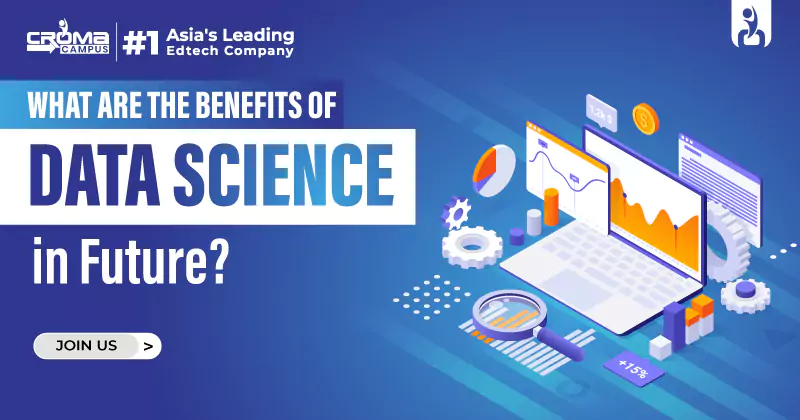
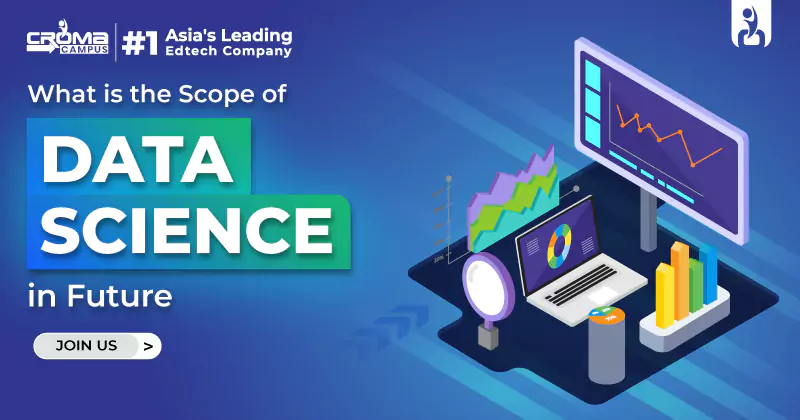
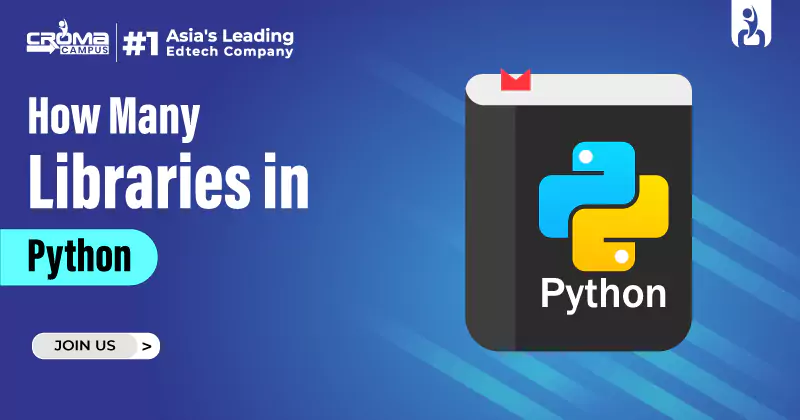
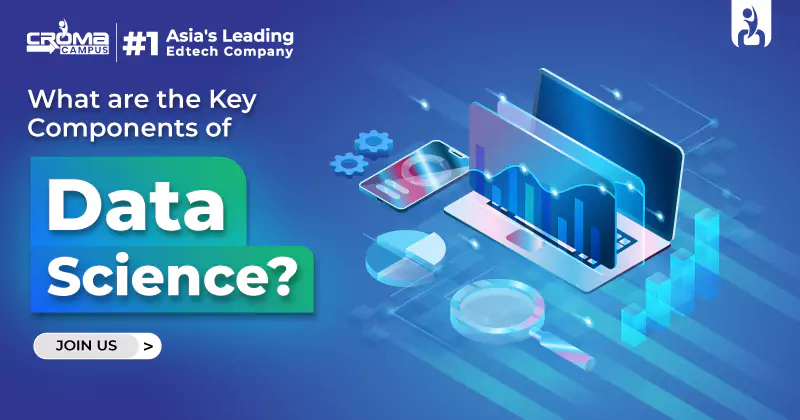
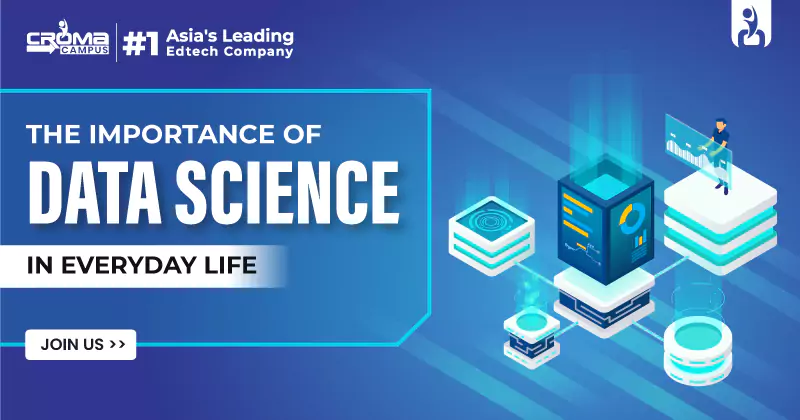

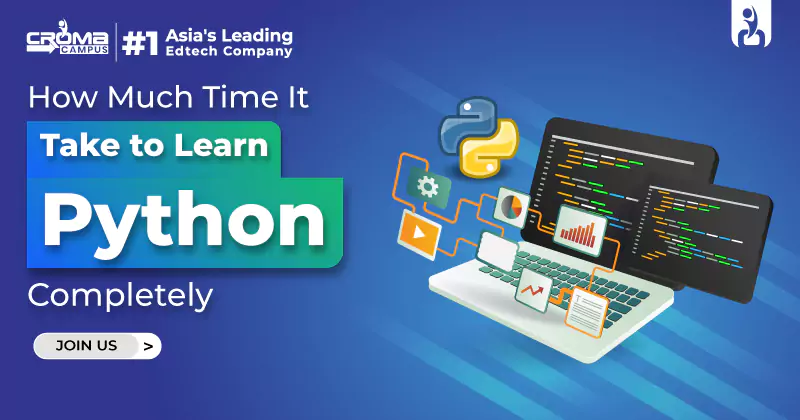
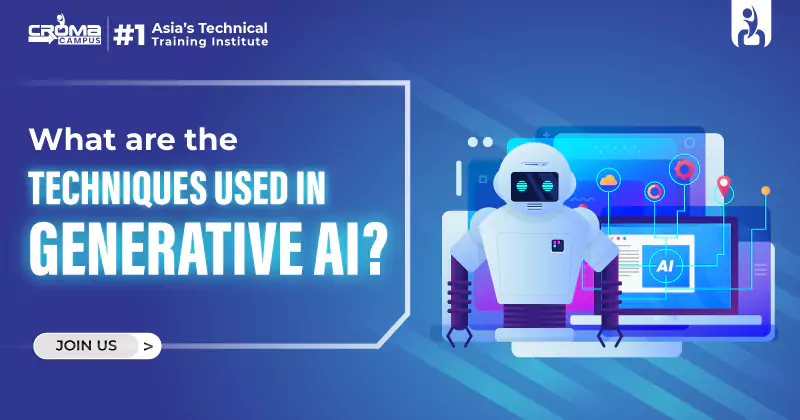













.webp)

.png)















